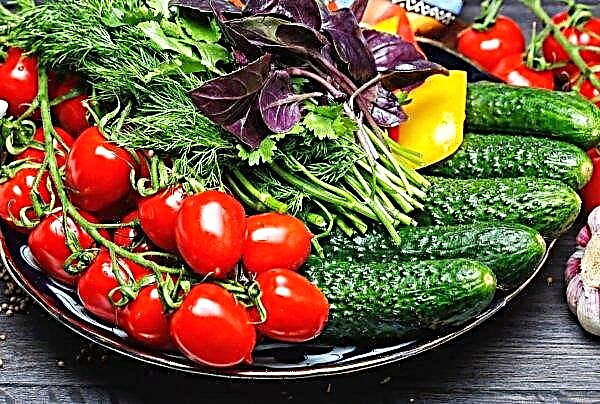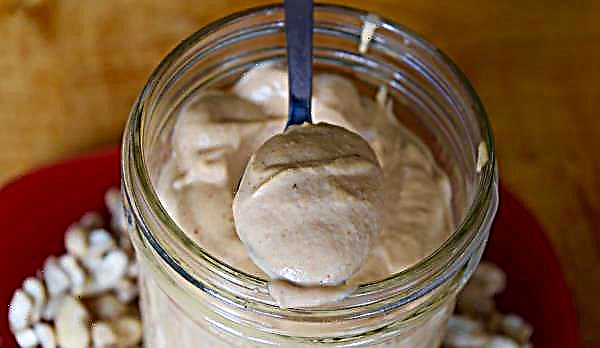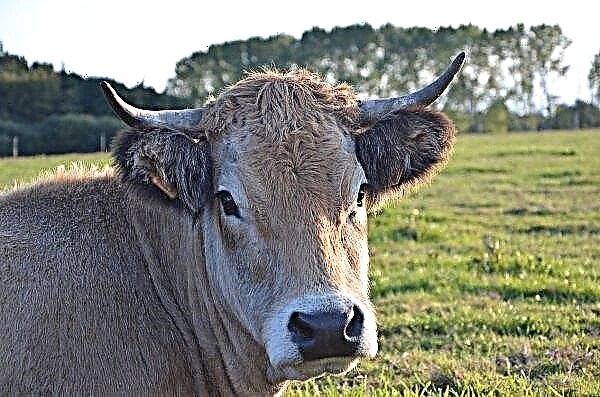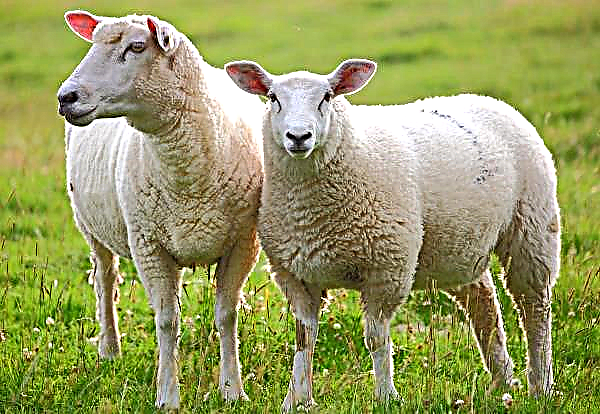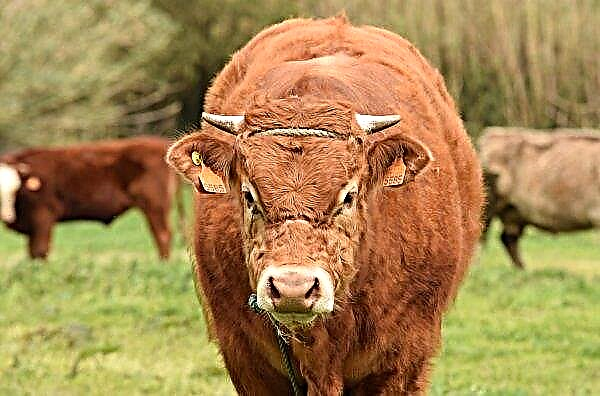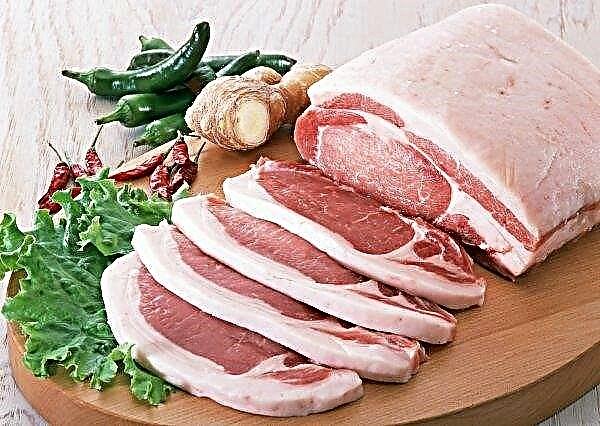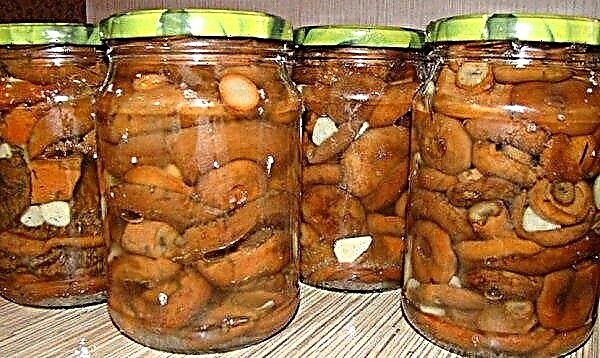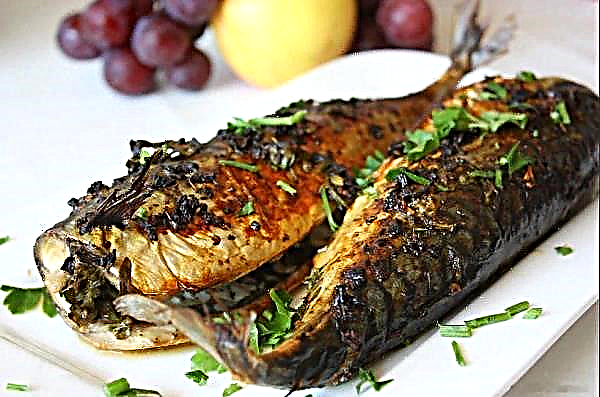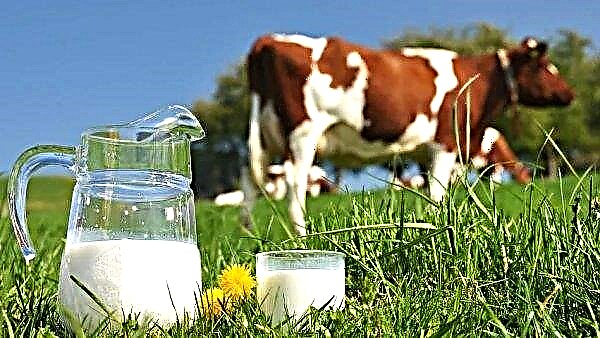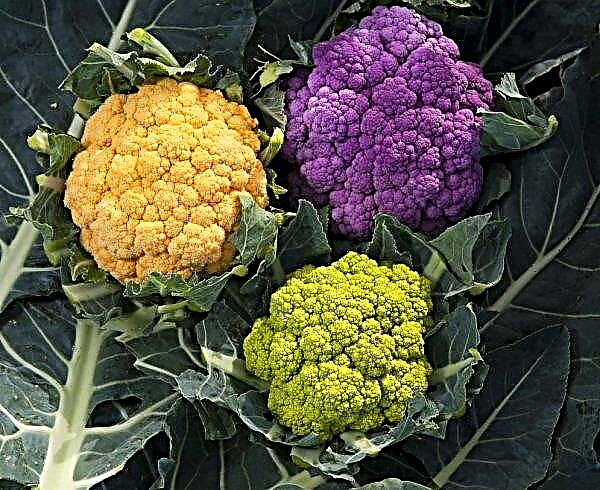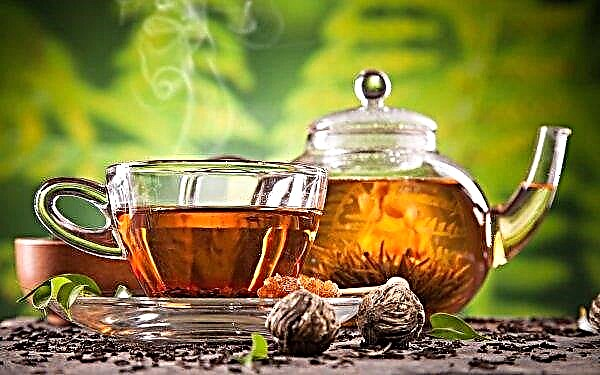Today, summer residents on manor squares are trying to recreate various landscape styles: French Provence, stone gardens of Japan, modern high-tech, etc. However, the real charm that reflects the national character of the state is the Russian style. What are its features, how to correctly convey all its subtleties and nuances - find out from the article.
Features of the Russian style in design
The Russian style or the Russian Manor style is considered a relatively new area in landscape design, which makes it possible to return the forgotten traditions of Russian gardening art. is he reflects the unique features and original qualities of an old Russian manor. It harmoniously combines various decorative elements and outbuildings, a huge garden with an artificial reservoir and, of course, an old log tower. “Russian Estate” is a symbiosis of multifunctionality, practicality and, at the same time, exquisite external beauty.

Designers distinguish several distinctive qualities of the Russian style:
- Aesthetics combined with practicality and naturalness. The main details of the style should successfully complement the natural landscape: do not get rid of the overgrown meadow, pine forest, flowing near a stream. In addition, a similar direction implies the presence of a beautiful decorative flower garden and a small garden with herbs or vegetable crops. Such an atmosphere allows you to relax, calm the nervous system, and give rest to the soul and body.
- Wooden buildings. The hallmark of the "Russian Estate" is the presence of a large number of wooden buildings. The central element is a house made of rough pine logs, from which a pleasant smell of resin emanates. In addition to the tower, the Russian style presupposes the presence of outbuildings, wooden furniture, openwork arbors, benches, etc. Such items can convey Russian flavor and fill the atmosphere with a national spirit.
- "Living" breadwinner. In the described direction, the garden is not only an aesthetic object of contemplation, but, above all, a practical element in which fruit trees, berry bushes, a small vegetable garden, and a lawn of spicy herbs are traditionally combined.
The landscape of the "Russian Manor" has a very intimate character, while it is quite functional. The notes of romance are filled with hanging birch shoots, a playful brook, lush crowns of garden trees, neat winding paths that together create maximum harmony with nature.

What to look for when creating
It is recommended that Russian style is scale, space, natural nature. That is why this direction of design is not suitable for all projects. With special harmony, it will look on large suburban household plots on which there are natural objects: a forest, a river, a stream, meadows, etc.
Moreover, according to tradition, the entire territory is randomly divided into several basic zones. Description and features of each of them - read on.
Ground area
When organizing a ground floor, i.e. the central zone of the estate, decorators prefer the use of classic design details.

Relevant in this case are:
- compositions in the form of topiaries from euonymus or spirea;
- small neatly trimmed "live" fences;
- original front gardens and flower beds;
- irregularly shaped mixborders with flowering and fragrant plants.
A driveway made of bark of linden or birch will look great, creating an imitation of natural motifs. Additional decorations can be various sculptures, figures of fairy-tale characters, small neat fences.
Economic zone
One of the main areas of the Russian style is economic, which has high functionality, practicality and convenience. As a rule, its basis is a summer kitchen with a huge dining table, near which are located a barbecue, cellar and small wooden sheds designed to store firewood.

An integral part of the economic zone is a country bath, the basic purpose of which is to give a person "rest for the soul and body." Traditionally, a bench and a small table are installed near it, grassy plants and shrubs are planted, emitting an invigorating aroma - juniper, fir, yew, mint, wormwood, etc. Additionally, the hozzone is decorated with a decorative well made in the form of an unusual flower garden.
Important! Buildings and a bathhouse should be made of the same material as the key object of the estate - the house.
Rest zone
The reception and relaxation area in the described design has a separate place in the shady part of the garden, where large, spreading trees grow. They usually place a gazebo, garden furniture, barbecue, benches for relaxation, playgrounds, hang a hammock or rope swing for children.
Designers often decorate the relaxation area with arches made from climbing plants. Although such objects do not carry much semantic load, they give an atmosphere of ease, lightness, comfort.

Playgrounds and paths
Russian style does not accept the use of direct paths or alleys. They should be twisting, looping between the main zones of the estate and its objects, at the same time they should have functionality and be sure to “connect” with a specific destination - a house, summer kitchen, a reservoir, a garden, etc. Paths along are planted with “live” borders from dwarf perennial shrubs or grass plants.
Natural stone, gravel, sand, gravel, and wood bark are used as materials for arranging paths. It is allowed to use modern materials, such as concrete tiles or paving stones, but in this case they must have the texture of natural raw materials.

Also, the landscape is supplemented with lawn areas from grassy crops, for example, clover, march. Such lawns are far from the classical, neatly trimmed lawns, however, these were exactly in the distant times of the landowners.
Did you know? The most "valuable" areas in the garden are those that are in the shade. The thing is that it is here that people spend their holidays massively in the summer, when they want to find a “cool” corner and escape from the summer heat. Quite often, this fact is not taken into account when arranging the garden.
Garden
A small area is allocated to the garden zone, and in places that are sheltered from prying eyes: behind live fences, inconspicuous hedges, decorative objects. What to choose for cultivation in the garden, everyone chooses at his discretion. But it should be noted that each Russian estate necessarily assumed the presence of a “pharmacy” garden, in which various medicinal plants grew: calendula, chamomile, St. John's wort, lemon balm, mint, oregano. A similar healing ensemble was used for the treatment and prevention of various ailments.
 Today, designers also recommend experimenting: along with traditional vegetables, plant “healthy” plants and spicy crops
Today, designers also recommend experimenting: along with traditional vegetables, plant “healthy” plants and spicy crops
Garden
Of course, the "highlight" of the Russian style is the garden and the garden area, the creation of which requires some rules:
- Color. When forming a garden, pastel, rather “calm” colors are mainly used: cream, white, sand, soft green, soft pink. Flowers on flower beds, evergreen perennials serve as prominent colorful accents.
- Plants. The garden in the Russian style always assumed a beneficial symbiosis of beauty and practicality. That is why designers boldly organize a small greenhouse near a flower bed. At the same time, the front gardens make it as catchy, bright, saturated as possible, using annuals and perennials: asters, marigolds, nasturtiums, phloxes, carnations, daisies, buttercups, etc. Flower arrangements in the described style can not do without the use of irises, primroses, decorative tobacco, tulips, lilies and hyacinths. Wildflowers of different colors and sizes look appropriate. The flowerbeds are maximally freed from strict boundaries; cultures that perfectly coexist on them differ in color, appearance, height, and flowering time.
- Trees and bushes. Not a single Russian estate is done without trees and artisanal plantings. Preference is given to compact plants, which not only delight with their aesthetically attractive appearance, but also have a good harvest: raspberries, gooseberries, cornel, barberry. Fragrant perennials - lilac and jasmine - transmit the traditional Russian spirit. Of trees, most often the garden is decorated with fruit crops - apples, pears, plums, cherries. Such plants are useful, while attractive and do not occupy much area. If the territory allows, then limes, oaks, birch, pine or spruce are planted on the site.
 The main thing to remember is that the basis of the garden is color - a game of contrasts, light and shadow. Bright pastel accents should stand out against the background of pastel objects.
The main thing to remember is that the basis of the garden is color - a game of contrasts, light and shadow. Bright pastel accents should stand out against the background of pastel objects.
What can be planted when creating a manor
In ancient times, the owners of estates sought to ensure that their houses were located in the most picturesque places - near ponds, rivers, forests, birch groves. The modern Russian style also presupposes a symbiosis of a “man-made” garden and objects made by nature. In the absence of a river, artificial ponds and ponds are created. If the area is deprived of trees and herbaceous plants - they are planted with their own hands.
When creating a manor, it is allowed to emphasize both in the direction of the garden and in the direction of the park.
In the first embodiment, cultures such as:
- fruit trees: pear, apple tree, plum, cherry, cherry, apricot;
- fruit bushes: red and black currants, gooseberries, raspberries, blackberries;
- ornamental shrubs: lilac, jasmine, irga.
Did you know? In the field of landscape design, there are many different techniques for the proper organization of space. One of them is a reception called “Alice in Wonderland”, which allows you to visually increase the area by planting dwarf crops and standard tree forms on the site.
In the second version, the area is planted with lindens, oaks, maples, hawthorn, euonymus, coniferous perennials.
Of course, no estate can do without flowers, among which preference is given to:
- perennials: lilies, garden daisies, phloxes, watersheds, aconites;
- annual crops: petunias, asters, cosmeas, nasturtiums;
- wildflowers and meadow flowers: marjoram, St. John's wort, clover, cornflower, bells, flax, poppy, etc.
When designing a garden in the Russian style, it is not recommended to use “imported” plants, since they do not adapt well to the climatic conditions of the region, require special care, and are much more often affected by ailments and pests. If the garden area exceeds the standard six acres, then it is necessary to alternate the type of space - open grass lawns with closed parts from deciduous crops or conifers.

Landscape design in the Russian style is, first of all, a profitable combination of beauty, grace, practicality and multifunctionality. The basic element is the garden, the organization of which uses objects and plants that recreate the primitiveness of the Russian people. Along with classic solutions, current designers present innovative creative approaches that allow you to create a unique and convenient homestead.

